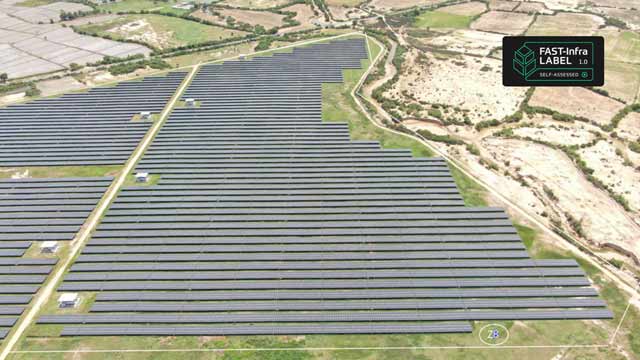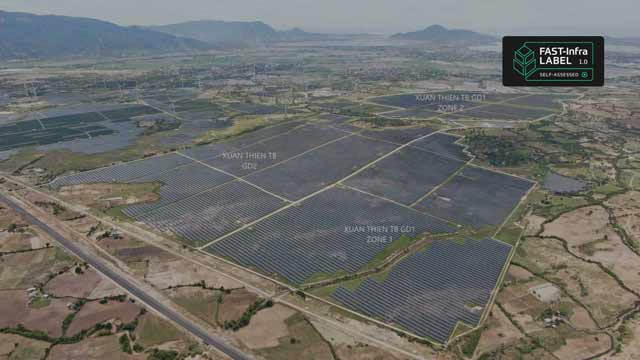
Scaling Climate Finance and Sustainable Infrastructure
What’s a Rich Text element?
The rich text element allows you to create and format headings, paragraphs, blockquotes, images, and video all in one place instead of having to add and format them individually. Just double-click and easily create content.
H1
H2
H3
H4
H5
H6


Static and dynamic content editing
A rich text element can be used with static or dynamic content. For static content, just drop it into any page and begin editing. For dynamic content,

add a rich text field to any collection and then connect a rich text element to that field in the settings panel. Vsadsadsdasdasdasdasdoila!
- A rich text element can be used with static or dynamic content. For static content, just drop it into any page and begin editing. For dynamic content, add a rich text field to any collection and then connect a rich text element to that field in the settings panel. Voila!
- t to that field
- t to that field
-
How to customize formatting for each rich text
How to customize formatting for each rich text
How to customize formatting for each rich text
Headings, paragraphs, blockquotes, figures, images, and figure captions can all be styled after a class is added to the rich text element using the "When inside of" nested selector system.
In conversation with Barbara Buchner, Global Managing Director, CPI
As the climate crisis accelerates, aligning finance with sustainability performance has never been more urgent. With trillions of dollars in infrastructure investment at stake, how can we direct private capital toward resilient, inclusive, and climate-smart development?
To explore this challenge, we spoke with Barbara Buchner, Global Managing Director at Climate Policy Initiative (CPI). A leading voice in climate finance, Barbara has been instrumental in shaping strategies that channel both public and private funds into impactful, sustainable infrastructure.
In this conversation, Barbara shares her insights on the evolving landscape of private climate finance, key indicators of success, and how tools like the FAST-Infra Label can help unlock transformative investment.
What are the key trends shaping investments in climate finance?
I’d like to share six brief but powerful trends we’re observing through our work.
1. Sustainable Urban Development
As more than half the world’s population now lives in cities, private investment in sustainable buildings and urban infrastructure is on the rise—an essential step toward ensuring our cities are resilient for the long-term.
2. Clean Energy Systems
One of the most significant shifts in climate finance has been the surge in private capital toward energy infrastructure, particularly grid systems. Declining technology costs—especially in renewables and storage—have lowered entry barriers and given private investors greater confidence to engage in the clean energy transition.
3. Greener Transportation
The transport sector is seeing a boost in electric vehicles (EVs) and their associated infrastructure. As adoption grows, so does investor interest in electrification and low-carbon mobility.
4. Innovative Financial Instruments
The rise of green bonds, impact funds, and other sustainable finance tools is creating new pathways for private capital to support climate-aligned infrastructure.
5. Blended Finance and Public-Private Partnerships
To de-risk investments and bridge financing gaps, blended finance mechanisms and PPP models are gaining traction. These collaborative tools help attract new pools of capital to invest.
6. Technology and Digital Innovation
New technologies—like climate-smart grids—are opening up fresh investment frontiers, making climate finance more data-driven, efficient and scalable.
Overall, I think we’ve seen positive trends for private investment in the sustainable infrastructure space.
What are the key indicators for measuring success and impact of sustainable infrastructure?
For me, success really starts with scale—specifically, a significant increase in private investment in sustainable infrastructure. We need to go far beyond where we are today. That means bringing in actors who haven’t traditionally been involved, like institutional investors, but also engaging the full range of stakeholders—from local governments to national development banks and multilateral institutions. Everyone needs to be at the table, working together to understand country-specific needs and how we can collectively scale investment.
“Success looks like getting people in the room who aren’t there yet—and making sure everyone, from local to global levels, works together to scale private investment.”
The second key ingredient is making sure climate-related risks are fully integrated into decision-making—not as an afterthought, but as a guiding principle. If we do this well, it will raise awareness of the true risks, costs, and benefits of infrastructure investment, and help us move toward smarter, more resilient solutions.
And finally, I think success has to mean improved access. That includes access to energy, transport, housing—all the essential services—for everyone, especially the most vulnerable and marginalized communities. Inclusivity is just as important as climate resilience when we think about the impact of infrastructure.
How can the FAST-Infra Label help scale private investments toward sustainable infrastructure?
To really scale private investment in sustainable infrastructure, we have to start by strengthening and leveraging domestic markets. That’s where the knowledge lives—where people truly understand what needs to happen on the ground. In this context, public development banks and national development banks have a critical role to play. They can help originate transactions and aggregate deals in a way that makes them more attractive to institutional investors, which is key if we want to get to scale.
But for that to work, we also need better standards, better metrics, and—just as importantly—the capacity to actually use them effectively. Stronger risk management, and integrating both risks and benefits into the investment process from the very beginning, are essential.
“The FAST-Infra Label could actually become the de facto standard—it brings harmonization and standardization that can really help scale up investments.”
That kind of consistency is exactly what’s needed to unlock larger flows of capital and build trust across the investment landscape. With a tool like the FAST-Infra Label, we can create the kind of clear, credible framework that helps private investors engage more confidently—and at scale.
Building sustainable and inclusive infrastructure demands more than capital—it requires confidence, clarity, and coordination. As climate challenges grow more complex, tools like the FAST-Infra Label can help ensure that finance flows where it’s needed most, and that every dollar invested contributes to a resilient and equitable future.


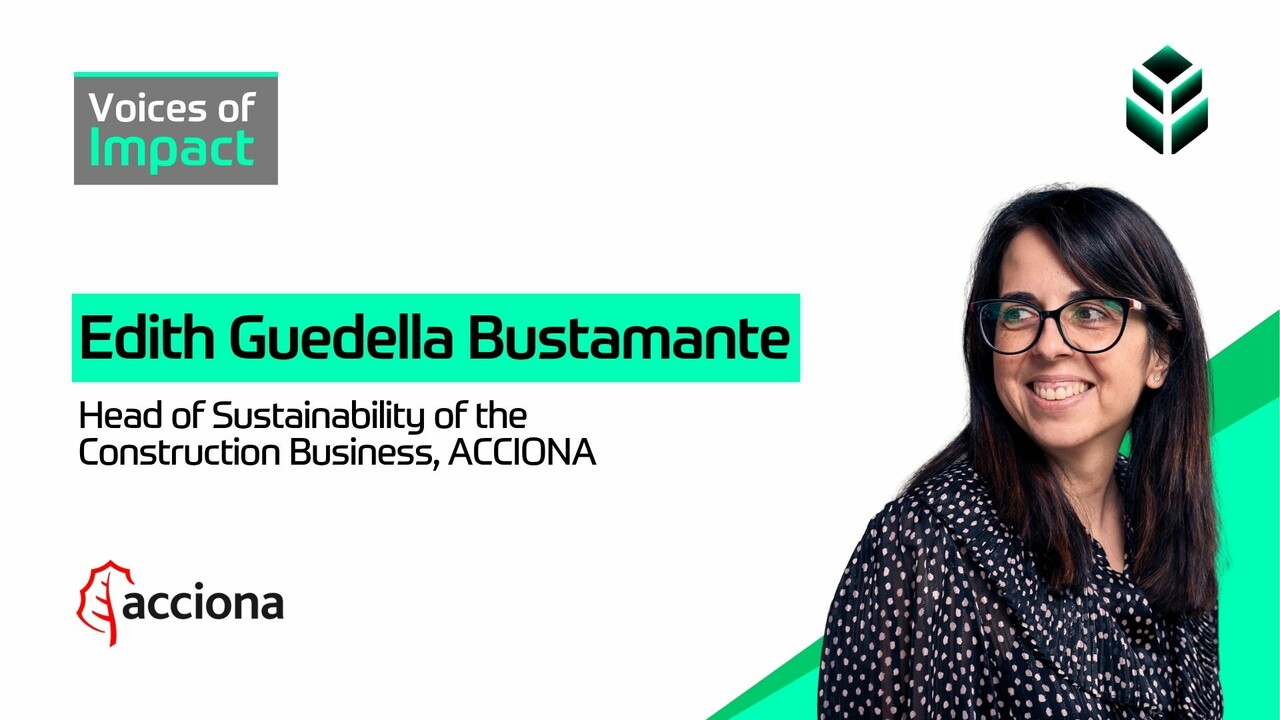


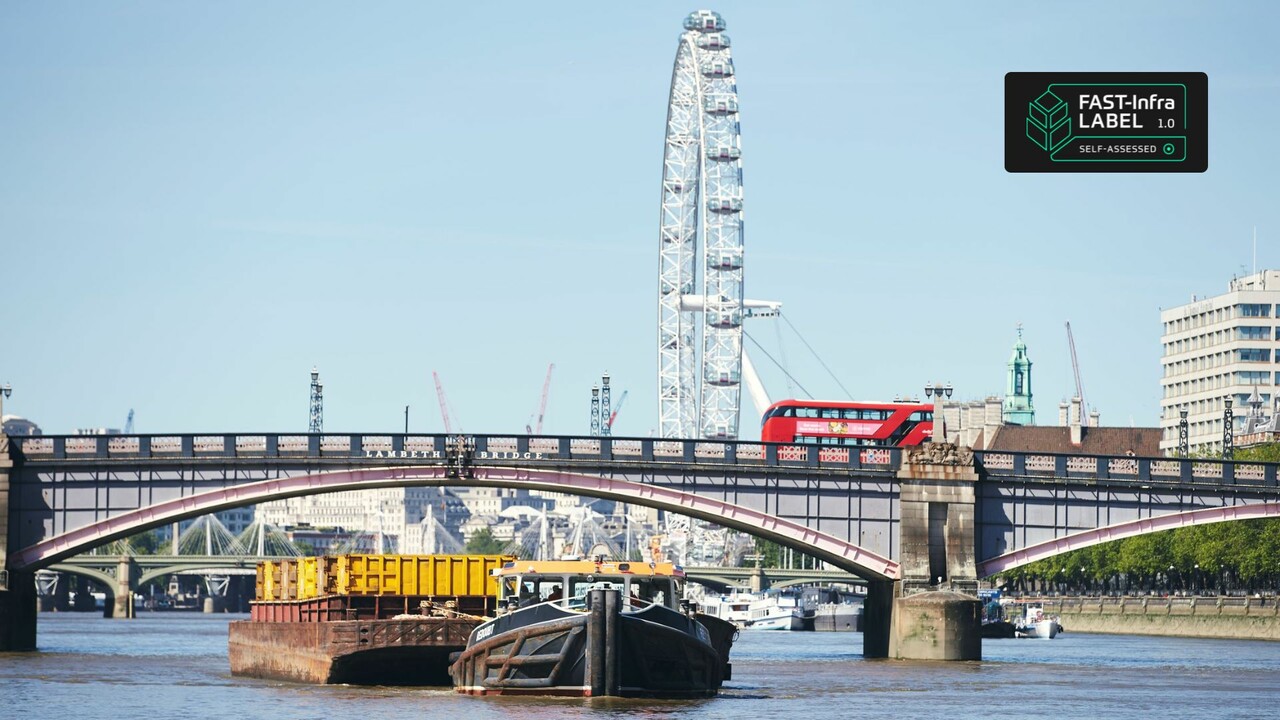
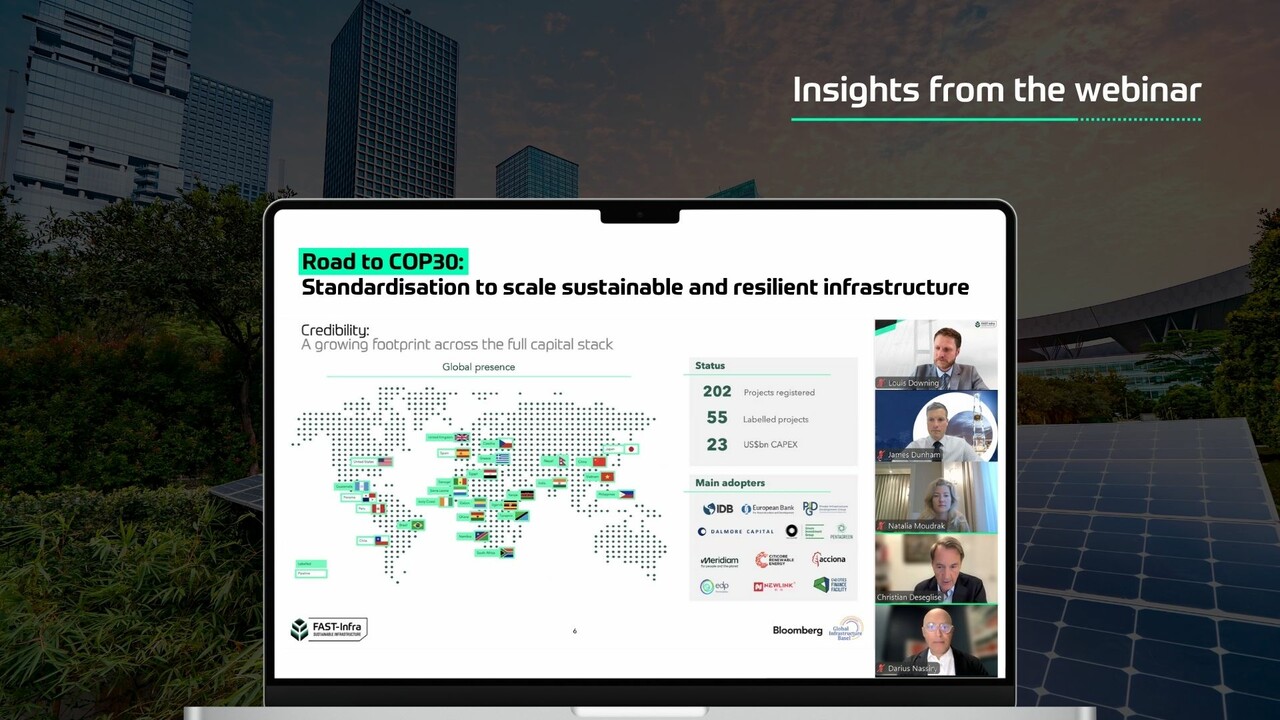


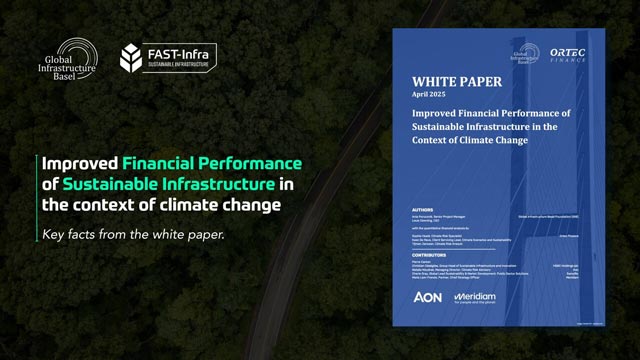


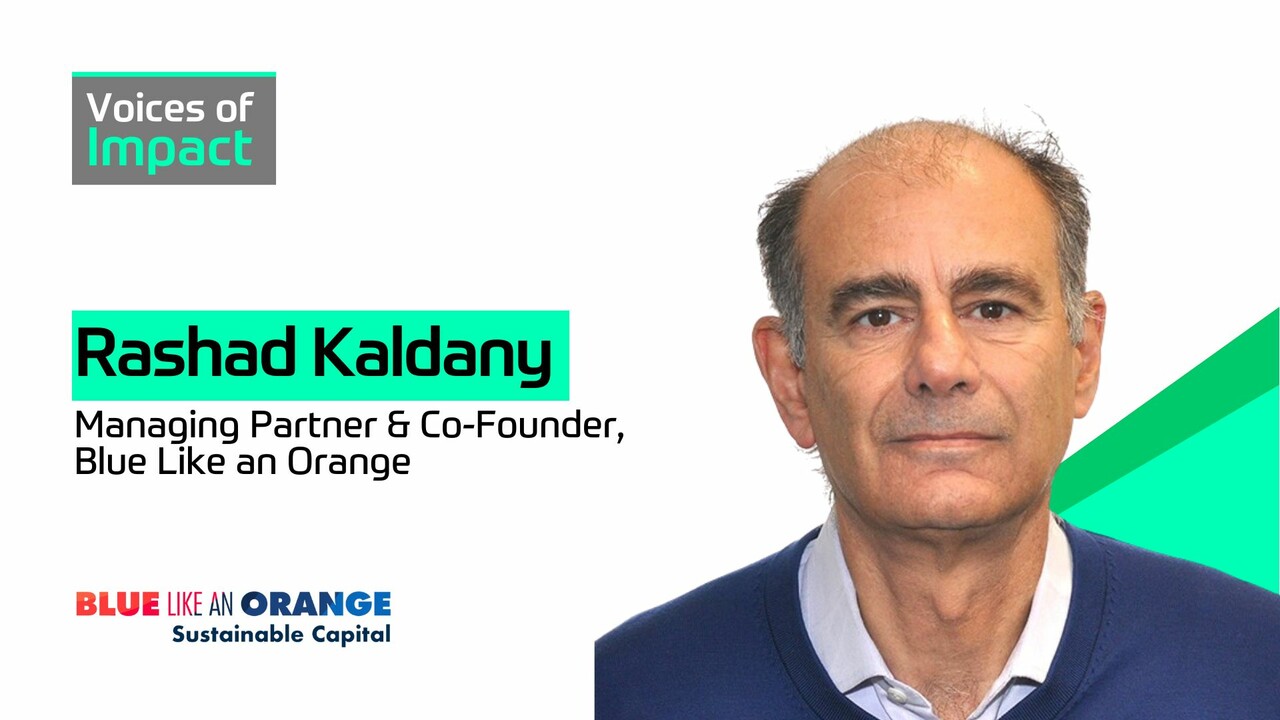
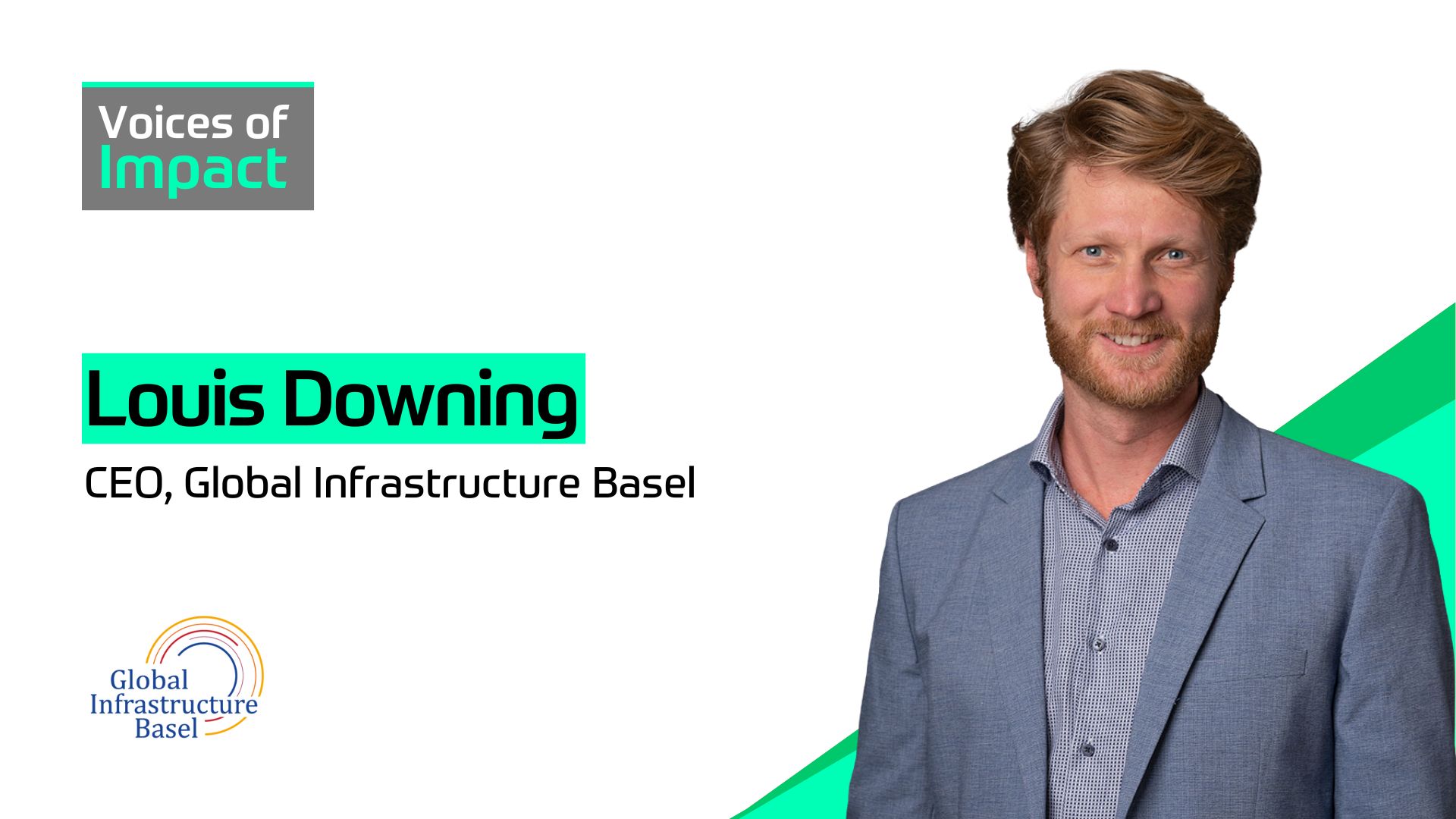

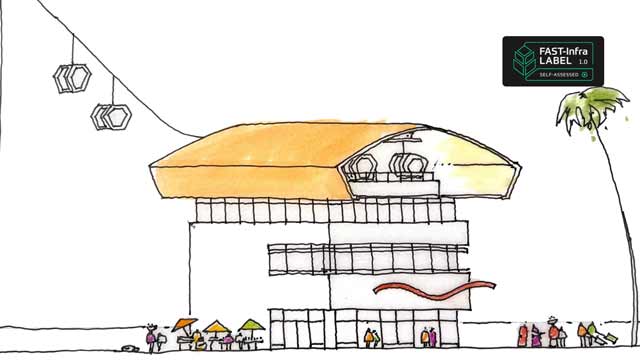






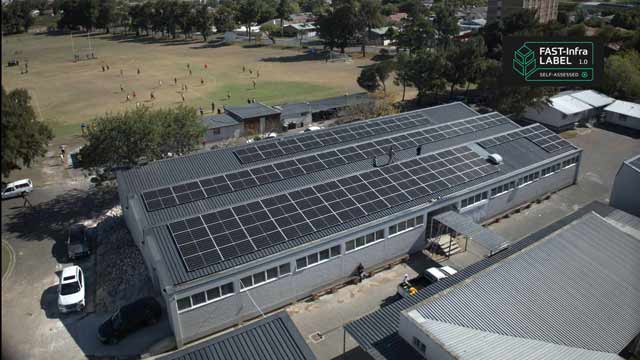

.jpg)


.jpg)


.jpg)
.jpg)
.jpg)
.jpg)
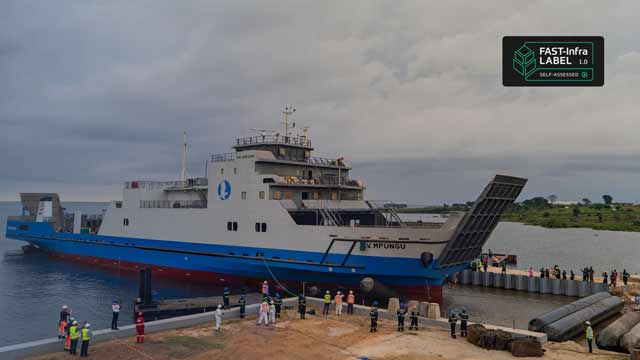
.jpg)




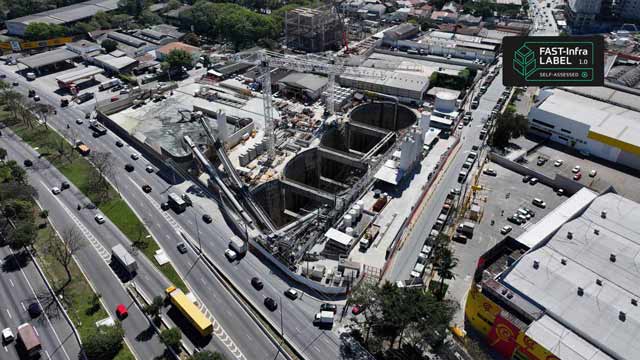













.webp)
.webp)


